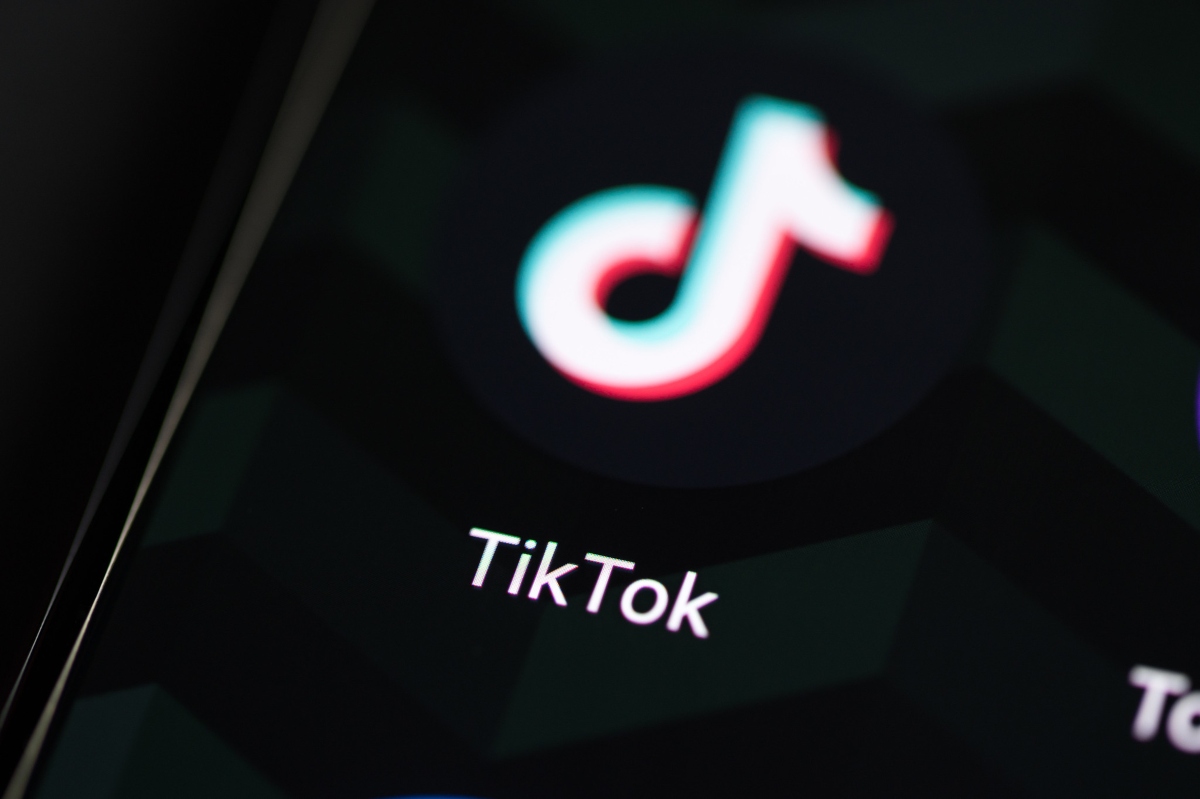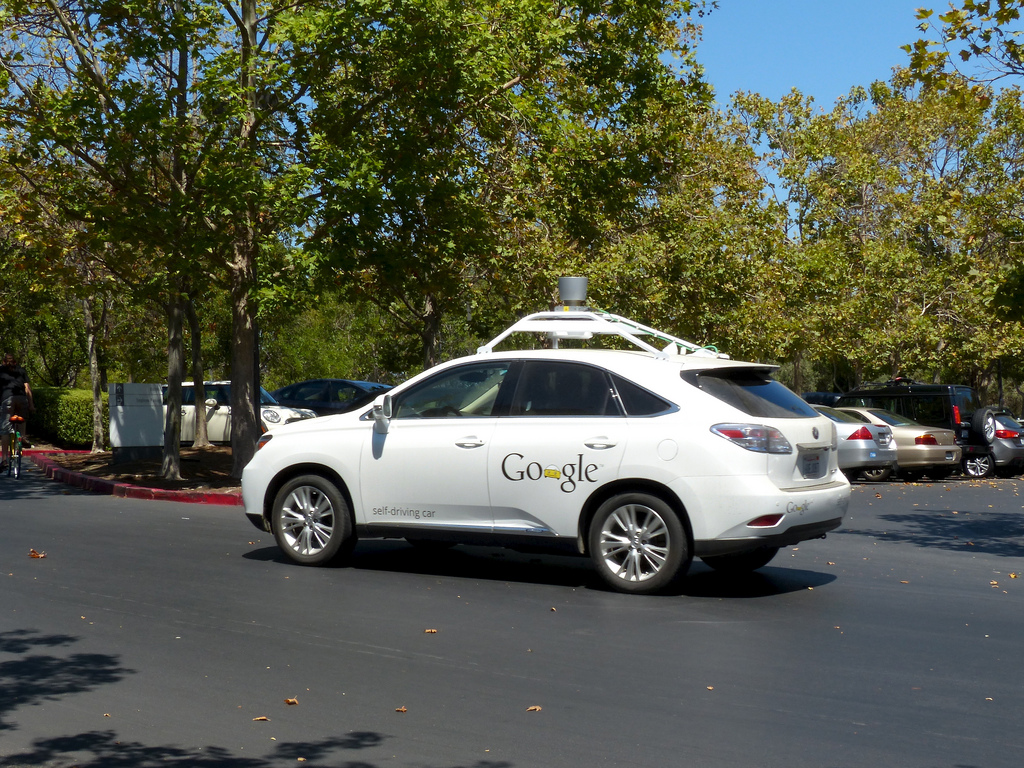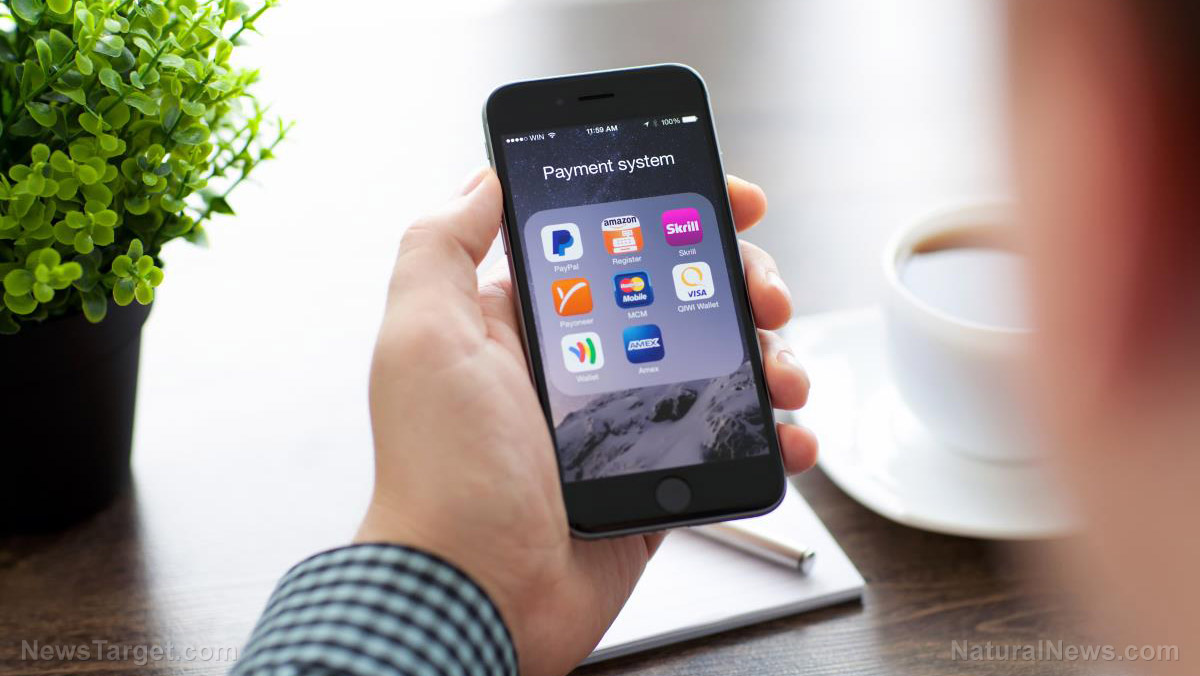Data privacy concerns raised as analysis finds China-based developers were responsible for TikTok’s code
06/14/2023 / By Laura Harris

Recent revelations regarding the involvement of Chinese software developers in writing the code for the social media platform TikTok have raised concerns about data security and potential influence operations conducted by the Chinese Communist Party (CCP).
The Australian business-focused newspaper, the Australian Financial Review, received a sample of the code indicating that engineers at ByteDance, TikTok’s Chinese parent company, are linked to the software development of the app. While the code is generally obfuscated, the sample appears to control the broadcasting and moderation of live streaming on the platform.
The code sample revealed that at least a dozen email addresses with usernames were associated with ByteDance. Open-source intelligence verified that many of these developers are based in mainland China. Some of the usernames and emails were found in posts seeking assistance in fixing code issues or contacts for engineer and developer job ads. (Related: Experts warns TikTok is spyware for the Chinese regime.)
With the enactment of the Chinese National Intelligence Law in 2017, which mandates organizations and citizens to assist national intelligence efforts, concerns have grown regarding potential data access by the CCP.
James Paterson, Australian Shadow Minister for Home Affairs and Cyber Security, argued that the code sample provides further evidence that TikTok is developed and managed in China and grants the CCP the ability to access user data from its one billion global users.
“They could be compelled at any time to hand that data over to the Chinese government or make changes to the algorithm to please the CCP,” warned Paterson. “And we would never know about it because they would be required to keep it all a secret.”
He expressed concern that such access could suppress content critical of the CCP, promote content that aligns with the party’s narrative, or create division and conflict in democratic societies.
TikTok Australia denied security threat but didn’t deny relationship with China
TikTok Australia General Manager Lee Hunter denied the claims of security risks and expressed disappointment in the decision to ban TikTok on Australian government devices.
“We are extremely disappointed by this decision, which, in our view, is driven by politics, not by fact,” said Hunter. “We are also disappointed that TikTok, and the millions of Australians who use it, were left to learn of this decision through the media, despite our repeated offers to engage with the government constructively about this policy.”
“Again, we stress that there is no evidence to suggest that TikTok is in any way a security risk to Australians and should not be treated differently to other social media platforms,” he added.
What this statement did not include is a denial that TikTok’s employees in China are responsible for the coding process. A company spokesperson merely emphasized that its product development and engineering teams are spread worldwide, including in the U.S., the U.K., Ireland, Singapore and China, and that changes to the code are tracked and reviewed by multiple teams outside of the communist nation.
“TikTok denies they would ever hand over data to the Chinese Communist Party, but this is very hard to believe, given their national security laws,” said Paterson.
Learn more about government surveillance programs at Surveillance.news.
Watch this video to know more about the spyware the CCP forces on TikTok to infiltrate and surveil America.
This video is from the channel Chinese Taking Down Evil CCP on Brighteon.com.
More related stories:
Anti-TikTok legislation a thinly-disguised Patriot Act for the internet.
Congress bans TikTok on official devices, calls app a security risk.
Taiwan bans TikTok from government devices, mulls nationwide prohibition.
Chinese agents caught using TikTok to manipulate midterm election in favor of Democrats.
Sources include:
Submit a correction >>
Tagged Under:
Big Tech, China, Chinese Communist Party, communism, computing, conspiracy, cyber war, Dangerous, data privacy, deception, Glitch, information technology, privacy watch, rigged, spy gate, surveillance, tech giants, technocrats, TikTok
This article may contain statements that reflect the opinion of the author
RECENT NEWS & ARTICLES
COPYRIGHT © 2017 COMPUTING NEWS


















